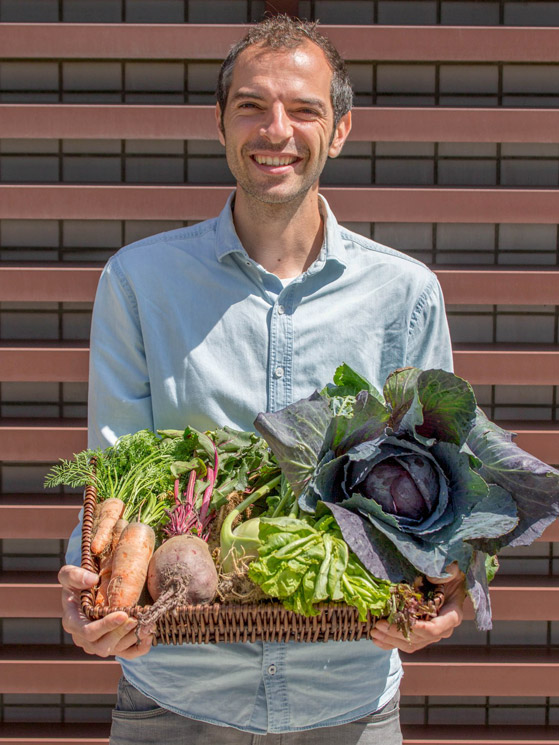
Most people wouldn’t peg urban Hong Kong as a hotspot for agricultural activity, but in the eyes of Pol Fabrega, co-founder of urban farming start-up Rooftop Republic, opportunity abounds.
While farming in such a vertical environment might seem like an uphill battle, the Spaniard envisions a city where every windowsill, balcony and rooftop is utilised to its fullest extent in producing organic greens to connect us with the source of our food. To this end, Rooftop Republic has converted more than 40,000sqft of underused urban space in Hong Kong into more than 40 rooftop farms, and organised more than 250 events on the subject of urban farming.
The latest rooftop to be transformed by Rooftop Republic is the spacious, 2,000sqft patio of Garage Society’s new Wan Chai co-working space, as part of a joint initiative dubbed Garage Greens. On the eve of its launch, Pol walked us through the already thriving farm for a quick rundown in starting up your own operation at home.
Check out the best outdoor furniture brands in our Directory.
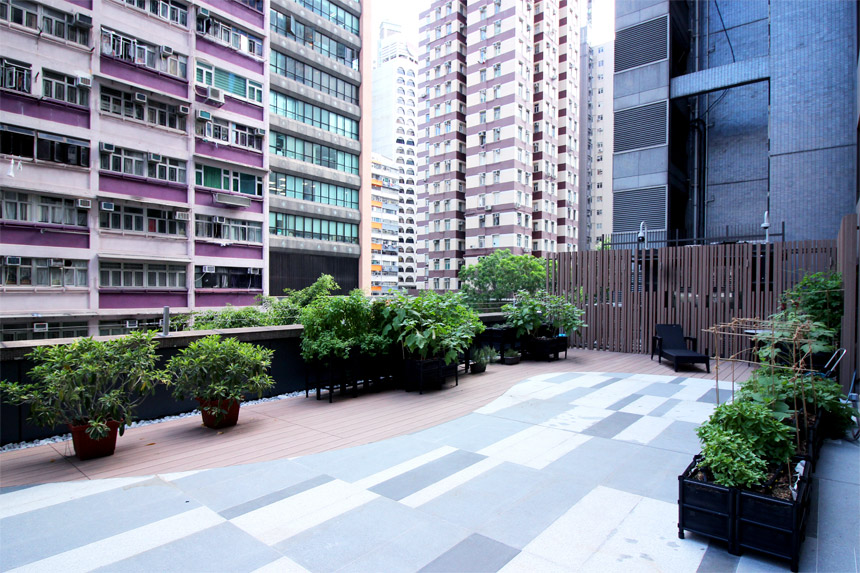
1. Location, location, location
Try to grow your crops outdoors because a space indoors does not receive enough sunlight. When growing your own food, most vegetables need a minimum of five hours of exposure to sunlight, so if you’re growing vegetables in a very shaded area, you might have a lot of trouble growing fresh and healthy products.
A lot of people complain about their crops burning or drying out, but excessive exposure is not the problem – those crops just need to be watered more often. You need to make sure your garden or space has easy access to water because that is going to be a daily task that needs to be properly executed.
Learn which plants or crops are more sun-loving in comparison to others.
2. Concrete jungle
Because Hong Kong is such a vertical city, it is very easy for rooftop gardens to be shaded by other structures, so it is important to do an assessment of the sun in relation to your space. For example, if your rooftop is not always fully exposed to sunlight, find areas on your roof that is more consistently exposed to the sun.
To productively utilise your limited space, learn which plants or crops are more sun-loving in comparison to others, and plant them accordingly in plots that do or do not receive sunlight.
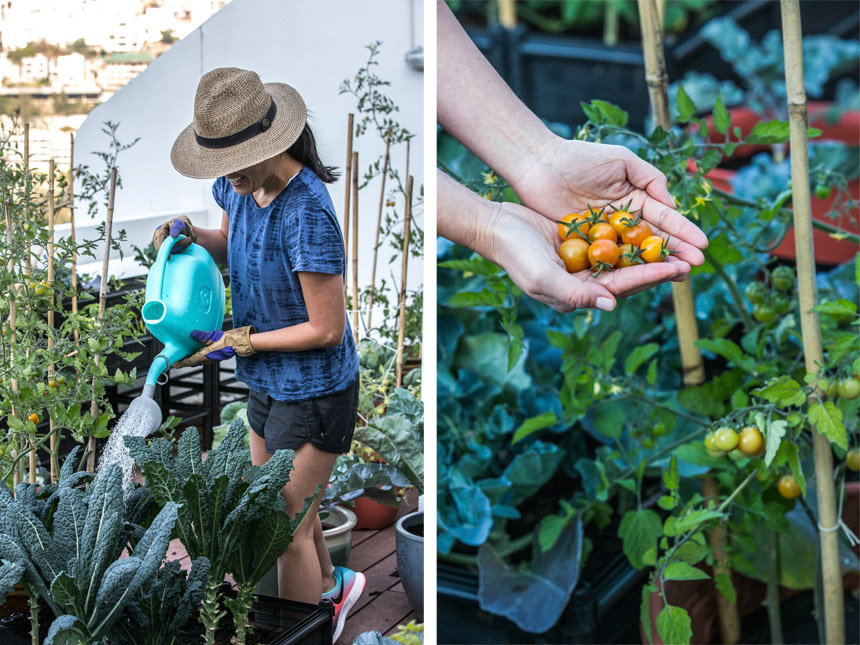
3. The bigger the pot, the sweeter the fruit
Once you find your location, containers are the second most important part. It doesn’t matter which containers you use, but generally, the bigger the container, the better. This is because your crops will have more flexibility to grow.
If you contain your plant in a very small space, it won’t be able to grow to its full potential. There is a direct correlation between what is on the surface and what is underneath the soil. Use large containers while also being considerate of the size and spacing of the plants and their roots.
See more: On The Peak, a 7,500sqft zen sanctuary for a Buddhist family
4. Herb your enthusiasm
I would recommend beginners to start with herbs or with leafy greens, the smaller stuff. The smaller plants are much easier to care for than, say, a crop like an eggplant that requires growing a plant similar to a tree or bush and needs to flower in order to start producing the crop.
Start with herbs like basil, mint, rosemary, thyme, oregano, parsley, or coriander. However, some of them are more suited for the cool season in Hong Kong as opposed to the summer.
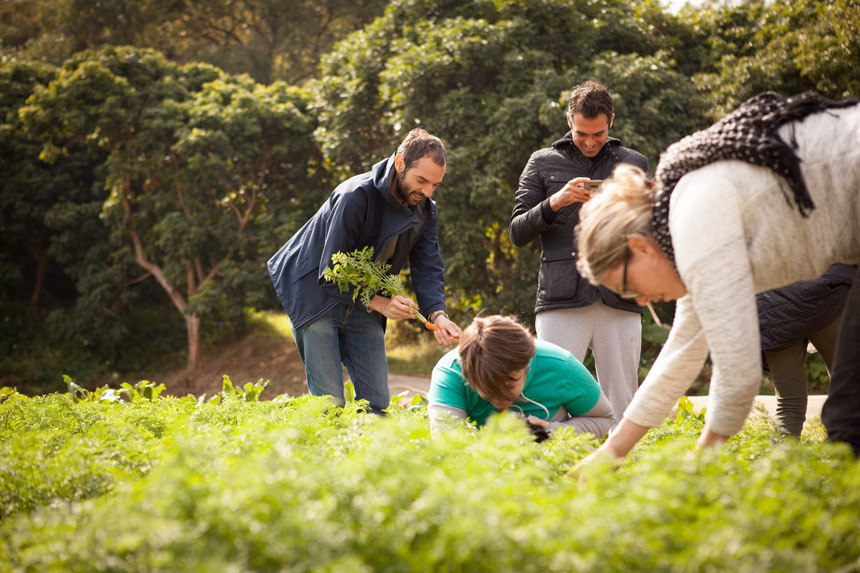
5. Fat of the land
One common mistake is forgetting the importance of fertilising the soil. People tend to just buy soil and immediately plant their crops and don’t think about the needs that the plant will have over time. If you start with a fresh bag of soil, the plant will probably have enough nutrients there for the first one or two months, but after that, the plant’s intake will naturally deplete the nutrients that exist in the soil.
Also, by watering the plants everyday, you are also washing away the nutrients, so it is important to replenish the nutrients in the soil but fertilising it. The frequency depends on the type of crops that you are growing, but generally, aim to fertilise your soil every month.
We can grow crops all year around, but you just have to know what to grow and when they thrive.
6. One man’s compost, another man’s treasure
The best fertiliser is compost. Compost has all the nutrients that plants require and in addition to the nutritional value of it. It keeps moisture in the soil, it helps your soil thrive from a biological perspective by supporting insect life and other healthy organisms. It also supports the zero-waste movement, instead of creating more waste that goes into landfills.
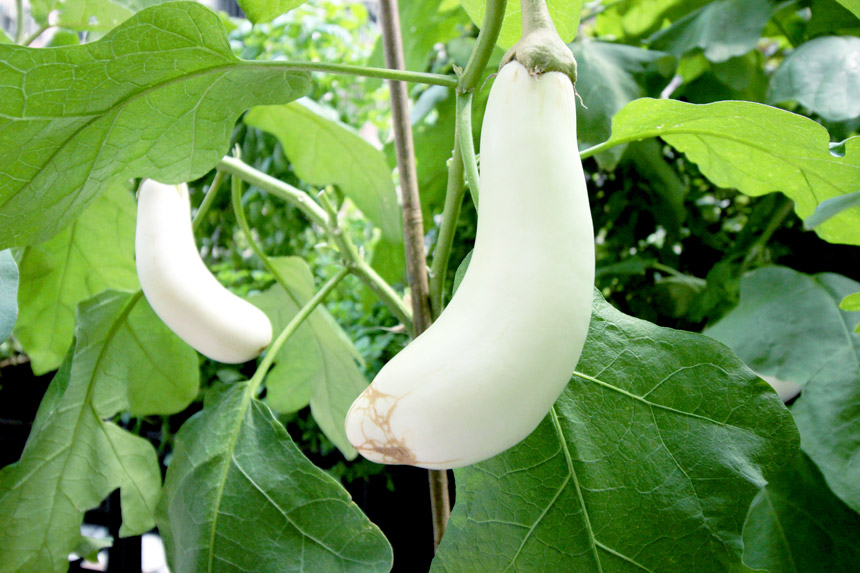
7. Rain or shine
In Hong Kong, there are basically two main seasons: the cold season and the warm season. Basically, we can grow crops all year around, but you just have to know what to grow and when they thrive. Knowing which crops thrive and are best suited to particular seasons is important.
That’s why we try to use local seeds rather than imported seeds as the latter might not be as adapted to or resilient to Hong Kong’s climate, local pests or diseases. You always have to consider how to allow your plants to fully and properly integrate into the local ecosystem, even in a crazy place like this.
Garage Greens debuts with a three-month seasonal programme until 31 October, featuring bi-weekly workshops with Rooftop Republic’s expert farmers every other Friday, as well as cooking classes, cocktail creations, film screenings, seminars and workshops about sustainability and food industry. Click here to learn more.
The post The expert’s guide to urban and rooftop farming appeared first on Home Journal.






